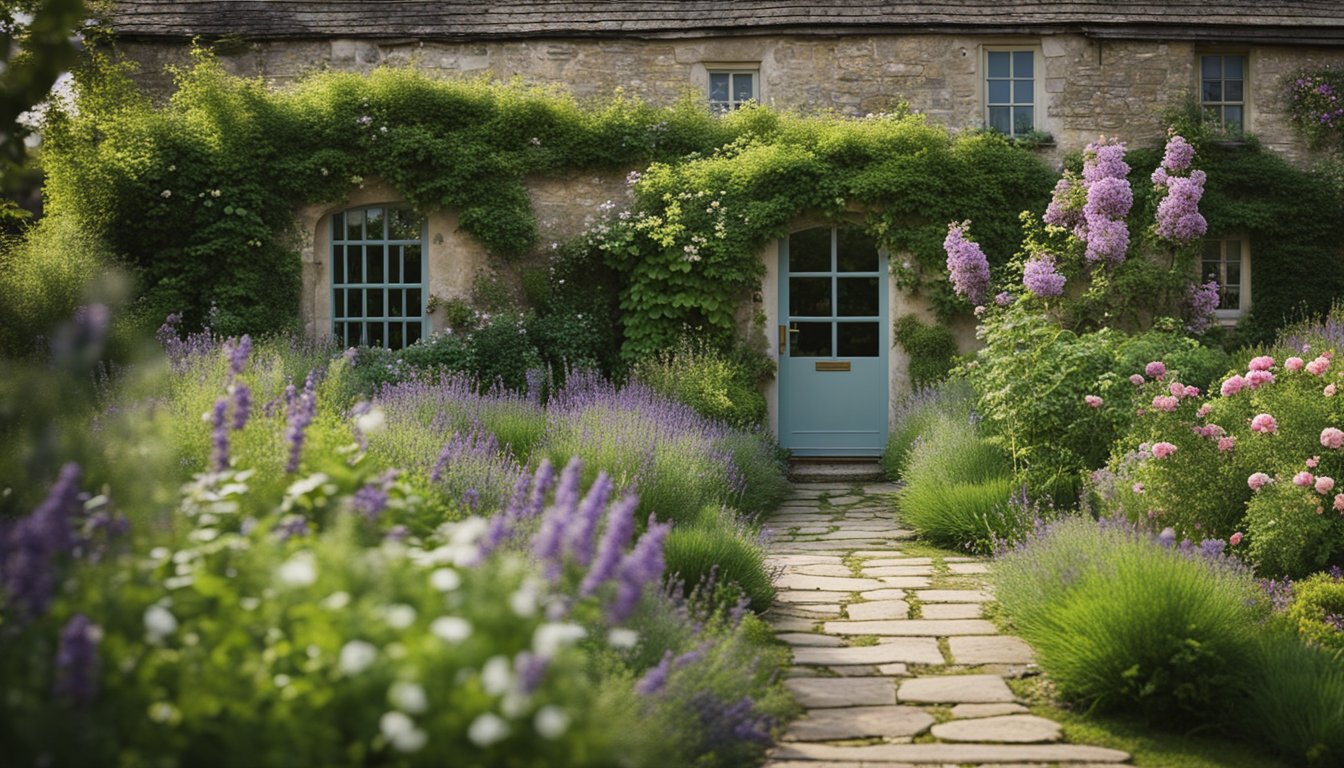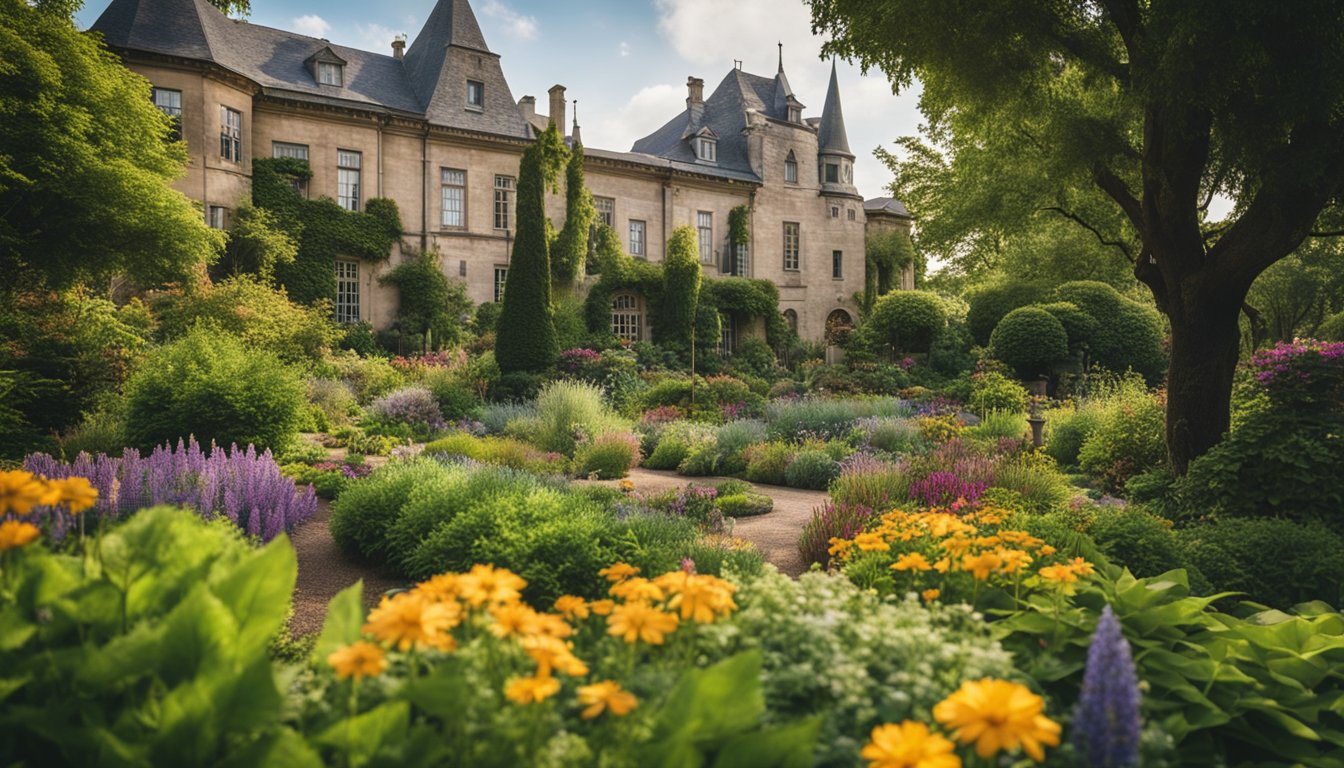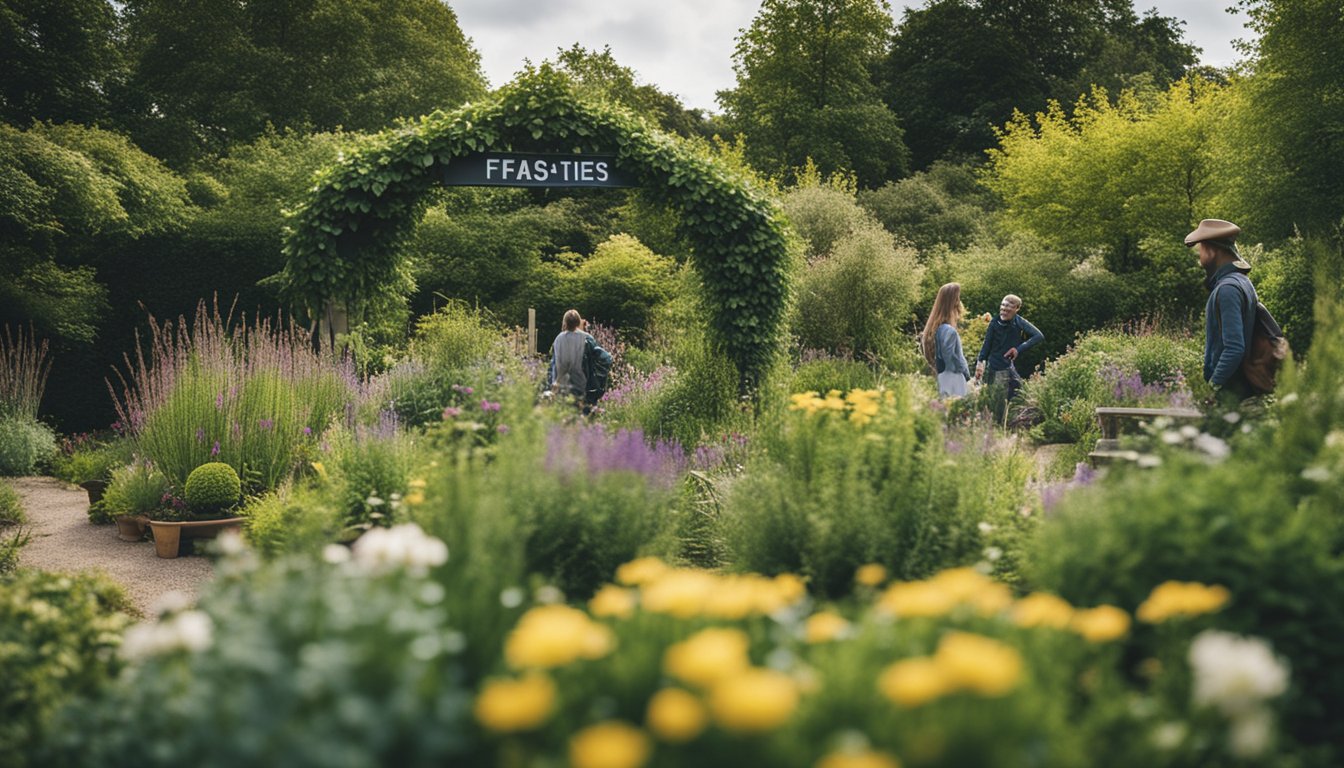Late updated: 08 Feb 2025 12:02
Written by: Emily Thornton
Exploring The History Of UK Native Gardens: A Journey Through Time
Exploring the fascinating journey of UK native gardens unveils a tapestry woven with historical and cultural significance. Though today’s gardens often boast exotic species, the roots of these green landscapes are firmly planted in native soil. Our native gardens reflect the rich biodiversity inherent to the British Isles and offer a glimpse into how people have interacted with nature over centuries.

From ancient herbal gardens to contemporary conservation efforts, UK native gardens have evolved remarkably. They serve not only as havens for local wildlife but also carry an aesthetic charm unique to this land. The delicate balance maintained in these gardens showcases the enduring harmony between nature and nurture.
By uncovering the layers of history embedded within our native gardens, we gain insights into the shifting gardening practices through the ages. This exploration encourages an appreciation for preserving native flora amidst an increasingly globalised world.
Key Takeaways
- UK native gardens highlight local biodiversity.
- Historical evolution shapes current gardening practices.
- Conserving native flora is crucial amidst globalisation.
Origins and Evolution of UK Native Gardens
We explore the transformations in UK native gardens, tracing historical influences, plant introductions, and significant landscape movements. Examination of medieval garden traditions illuminates the blend of functionality and aesthetics that characterised early spaces, while the rise of plant collections and landscape artistry shaped later developments.
Medieval Garden Traditions
During the medieval period, gardens were designed for both utility and beauty. Monastic gardens were central, providing herbs for medicinal and culinary purposes. These early gardens were often enclosed, reflecting the need for protection and privacy.
Apart from monastic influences, castle gardens also played a significant role. Box hedges and raised beds became staples, offering both structure and style. The ability to manage limited space efficiently was crucial, and this focus on practicality alongside aesthetic appeal laid the groundwork for future developments in native garden designs.
Influence of Plant Collectors
The era of plant exploration significantly impacted UK gardens. With the arrival of Victorian plant collectors, gardens were enriched with exotic species. Their expeditions brought diversity, introducing spectacular new plants that have since become integral to UK gardens.
Prior to this, plant collectors amassed species from various corners of the globe. These enthusiasts often worked with horticulturists to adapt non-native plants, thereby enhancing garden variety. This influx changed the nature of gardening in Britain, allowing for the inclusion of shrubs, trees, and blooms previously unseen.
The English Landscape Movement
In the 18th century, the English Landscape Movement revolutionised garden design. Contrary to structured formality, this approach embraced naturalistic layouts. Capability Brown was a key figure, transforming estates with sweeping lawns and serpentine lakes that exemplified elegance in simplicity.
This movement valued extensive vistas and a seamless blend of garden and nature. Later, Gertrude Jekyll contributed to this tradition through her emphasis on colour and texture. Her work further evolved landscape design by harmonising plants with the surrounding environment, favouring natural harmony over strict order.
Through these evolutions, UK gardens have continually adapted, blending new influences with time-honoured traditions.
Characteristics and Diversity of Native Gardens

UK native gardens boast a rich palette of flora and fauna, thoughtfully integrated within the landscape for ecological harmony. These gardens exhibit unique design elements, leveraging native materials to reflect their natural heritage.
Flora and Fauna Integration
Native gardens in the UK are a haven for biodiversity. They are designed to support and sustain local wildlife, from bees and butterflies to birds and mammals. The integration of native plants such as the dog rose and bluebell provides essential food and habitat for pollinators. These gardens often feature ferns, creating lush undergrowth, where small creatures find shelter. By fostering a diverse ecosystem, native gardens form a balanced environment that thrives without excessive human intervention.
Design Elements and Materials
The design of native gardens leans towards using natural elements that blend seamlessly with the environment. Paths and seating areas might employ locally sourced stone or weathered wood. Informal layouts mimic the unpredictability of nature, avoiding rigid geometric patterns. Stone walls and wooden structures serve both functional and aesthetic purposes. Water features are often included as reflective pools or gentle trickling streams, enhancing the garden’s sensory appeal while providing a habitat for aquatic life.
Iconic Native Plants and Trees
Some of the UK’s most emblematic plants and trees define these gardens, such as the noble English oak. Providing shade and grandeur, it supports countless species. Other notable natives include the alder and cherry trees, known for their resilience and beauty. In the understorey, favourites like the wood anemone bloom in early spring, while the cowslip offers vibrant yellow hues. These plants not only enrich the visual tapestry but also uphold traditional garden legacies, reflecting the UK's natural heritage and storied past.
Frequently Asked Questions

Our exploration of UK native gardens takes us through a historical journey filled with influences from different eras and styles. It reveals the layers of transformation in design preferences, the impact of significant historical events, and distinct characteristics that define traditional English gardens.
What is the evolution of garden design within the UK?
Garden design in the UK has evolved significantly over the centuries. From the structured layouts of medieval herb gardens to the more informal and naturalistic style of the 18th-century landscape gardens, each period has left its mark. These changes reflect shifts in cultural and aesthetic values.
How have English gardens been influenced by historical events?
Historical events, such as wars and economic changes, have shaped English gardens. The aftermath of the English Civil War, for example, led to a period of simpler and more practical garden design. Additionally, trade expansion introduced new plant species, reshaping garden compositions and styles.
What are the characteristics of a traditional English knot garden?
Traditional English knot gardens are characterised by intricate, geometric patterns created with low hedges. They often use aromatic herbs like rosemary or lavender. These gardens were popular during the Tudor period and are designed to be viewed from above, allowing the symmetry and complexity of the patterns to be fully appreciated.
In what way have Renaissance styles impacted British garden layouts?
Renaissance styles introduced elements of symmetry, proportion, and order to British gardens. Inspired by classical antiquity, these gardens displayed a sense of elegance and balance, often incorporating features like terraces, fountains, and statues.
Can you trace the development of formal gardens in Britain?
The development of formal gardens in Britain can be traced back to the influence of continental Europe, particularly France and Italy. These gardens feature structured layouts with manicured hedges, pathways, and water features. The formal garden style reached its peak during the 17th century, epitomised by grand estates like those of the Baroque period.
What distinguishes Edwardian garden design from other historical English garden styles?
Edwardian garden design, prominent in the early 20th century, is distinguished by its focus on comfort and leisure. This style often includes features like pergolas, lush flowerbeds, and informal lawns, contrasting with the more rigorous and formal layouts of earlier periods.
